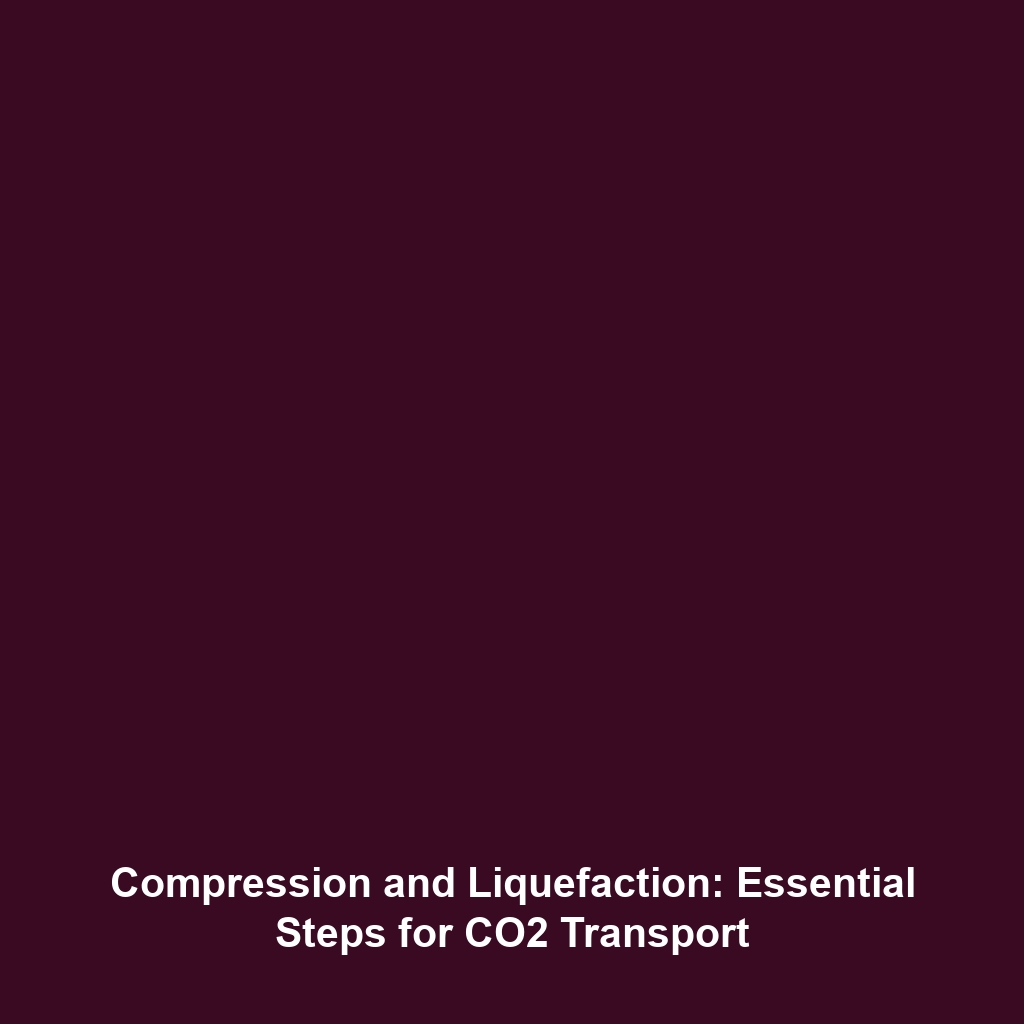Gorgon Project, Australia: One of the Largest CCS Initiatives
Introduction
The Gorgon Project stands as a landmark initiative in the field of Carbon Capture & Storage (CCS), making significant strides in reducing greenhouse gas emissions. Located off the northwest coast of Australia, Gorgon is recognized as one of the world’s largest CCS projects, with a capacity to capture and store over 4 million tons of carbon dioxide (CO2) annually. This project not only showcases advanced technological solutions but also plays a crucial role in the global fight against climate change, positioning Australia at the forefront of sustainable energy practices.
Key Concepts
Understanding the Gorgon Project
The Gorgon Project employs cutting-edge technology to capture CO2 emissions generated from natural gas processing. The captured CO2 is then transported and injected into deep geological formations beneath Barrow Island. This aligns with the core principles of Carbon Capture & Storage (CCS), which aims to mitigate environmental impacts by preventing CO2 from entering the atmosphere. Key concepts include:
- CO2 Capture: The initial process where CO2 is separated from other gases during natural gas production.
- Transportation: The captured CO2 is moved via pipelines to the injection site.
- Storage: Injecting CO2 into geological formations for long-term storage, preventing atmospheric release.
Applications and Real-World Uses
How Gorgon Project is Used in CCS
The Gorgon Project illustrates practical applications of Carbon Capture & Storage (CCS). Here are some significant real-world uses:
- Emission Reduction: The project helps major industries achieve significant reductions in CO2 emissions.
- Climate Change Mitigation: By storing CO2, the Gorgon Project contributes to a global strategy to combat climate change.
- Research and Development: Provides valuable data and insights for further technological advancements in CCS.
Current Challenges
Challenges of Gorgon Project
Despite its groundbreaking contributions, the Gorgon Project faces several challenges and limitations:
- High Costs: The capital required for CCS infrastructure can be substantial, impacting financial feasibility.
- Regulatory Hurdles: Compliance with environmental regulations can complicate project execution.
- Public Perception: Concerns about the safety and efficacy of CO2 storage methods need addressing.
Future Research and Innovations
Next-Gen Technologies
Looking ahead, the Gorgon Project is poised to influence the future of Carbon Capture & Storage (CCS) through innovative research and technology:
- Enhanced Capture Techniques: Pursuing advanced methodologies to increase CO2 capture efficiency.
- Integrated Systems: Developing integrated solutions that combine energy production with CCS.
- Global Knowledge Sharing: Using findings from Gorgon to inform and enhance global CCS strategies.
Conclusion
In conclusion, the Gorgon Project represents a vital effort in the realm of Carbon Capture & Storage (CCS), driving innovation and fostering sustainable practices. As the world continues to navigate climate challenges, initiatives like Gorgon will be essential in reducing emissions and promoting environmental stewardship. For further insights, explore related topics on CCS initiatives and sustainable energy practices.








